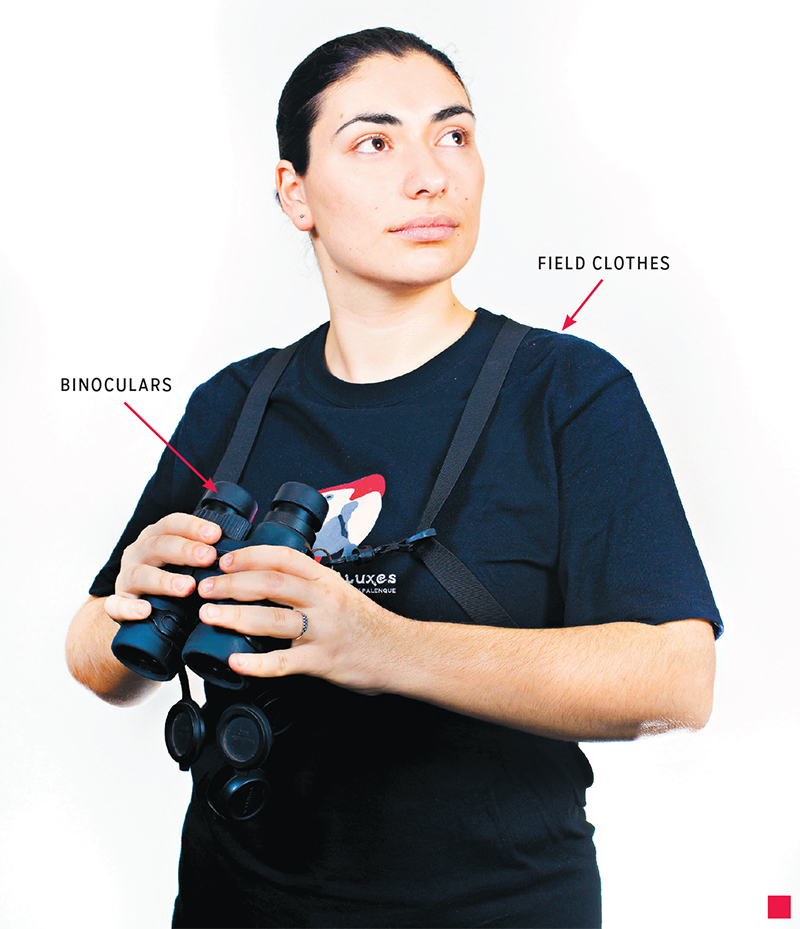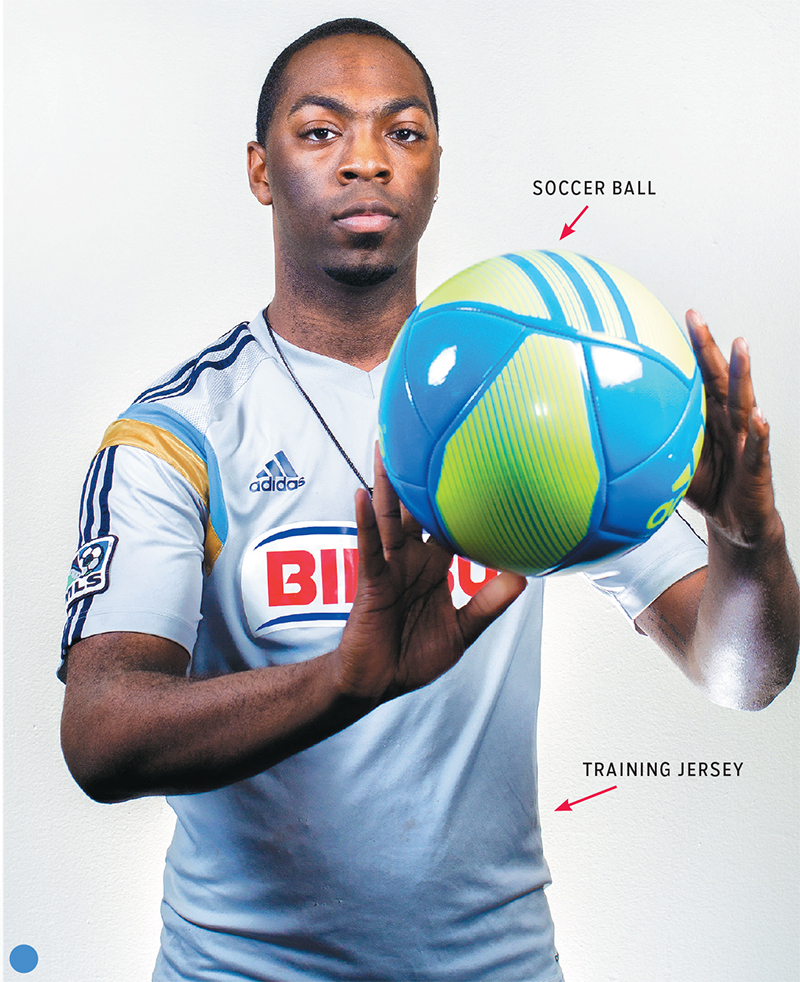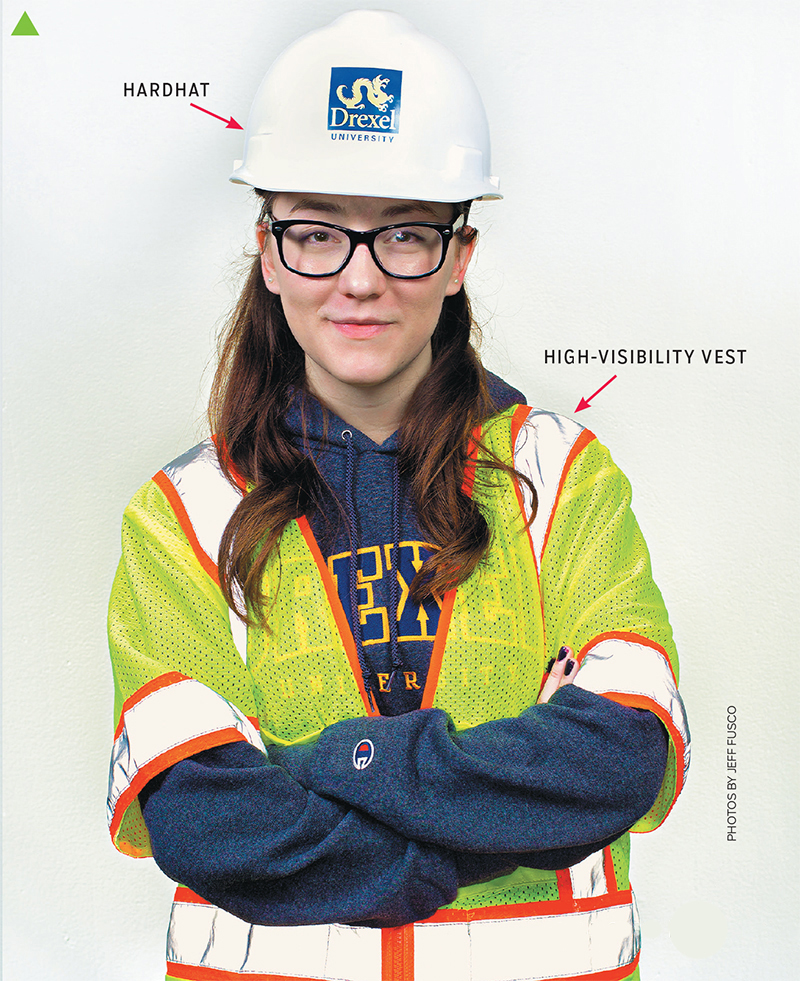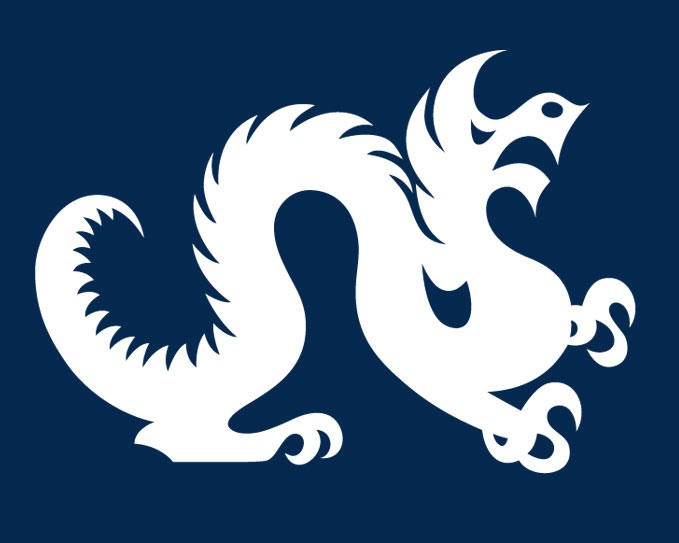 FOR THE BIRDS
FOR THE BIRDS
ARAKS OHANYAN — 2015 GRAD, BIOLOGY
THE CO-OP: This co-op was with a Scarlet Macaw Reintroduction Project in Palenque, Mexico, which is an effort to boost populations of the endangered bird. I worked for the National Autonomous University of Mexico as a volunteer research assistant. I performed a variety of tasks including feeding and monitoring macaws, marking them for identification, fitting them with radio collars, and conducting ground and radio surveys to find out more about the macaws’ feeding behaviors, social behaviors and habitat selection.

THE OBJECT: My binoculars are the weapon of choice for many types of field research, and are absolutely essential for ornithological work. I also wore my field clothes. Field research is not a glamorous thing. We wear clothes that are comfortable and practical — hiking boots and quick-dry pants — for being in remote locations with variable conditions.
THE TAKEAWAY: I learned so many different skills during this co-op. I learned how to use specific types of equipment (telemetry units, radio collars, GPS technology), and I got hands-on experience working with and around macaws. There were very few people working on the project, so I was tasked with training four other volunteers. I also had a hand in developing protocols and routes for the different surveys we conducted. I also picked up some useful life skills along the way. Living in Mexico, I was forced to start speaking Spanish and communicating with non-English speakers almost immediately. It helped push me to better my Spanish and my communication skills, and to adapt to new cultures.
 TEAM PLAYER
TEAM PLAYER
MARCUS TATUM — PRE-JUNIOR, SPORT MANAGEMENT
THE CO-OP: I grew up around sports and learned a lot about life through sports — the ups and downs of it all. So, it was pretty cool to work as a team operations intern for the Philadelphia Union. I had a very big hand in practices, and I was also like an equipment manager. I had to make sure balls were pumped up, there was a lot of moving of equipment, and I had to make sure equipment was ready for practice as well as set up and break down the locker room before and after each game. On game days, I worked as the technical operations coordinator, which meant I was in charge of relaying information from the TV producers airing the game that day to the on-field officials about when to start the game or second half.

THE OBJECT: I brought a soccer ball and wore my uniform, which are soccer shorts and a training jersey that we would wear for practice.
THE TAKEAWAY: I learned that the players do a lot of work off the field, out in the community. I developed a close relationship with head coach Jim Curtin, who knew I’d be interested in coaching one day, so he gave me a lot of pointers, lot of advice, and a book filled with drills and stuff. It was all really cool to work with guys who I had idolized while growing up. I learned that even though this isn’t a 9-to-5 kind of profession, there is still a lot of hard work that goes into it.
 BUGS UNDER GLASS
BUGS UNDER GLASS
VAUGHN SHIREY — JUNIOR, ENVIRONMENTAL SCIENCE
THE CO-OP: I worked in historical collections in the Entomology Department at the Academy of Natural Sciences of Drexel University as a research assistant. I was tasked with creating a specimen-level database for a portion of the collection, collected at Franklin Parker Preserve in New Jersey.
THE OBJECT: I chose a framed collection of Lepidoptera (butterfly and moth) wings because I think it’s important for people to connect to the insect world. Insects can be beautiful, they can be destructive, or even beneficial, but we don’t often think about them unless we run into a particularly infamous variety, like cockroaches. There’s also the element of curiosity that natural history collections are born from — being able to understand the natural world and why these beautiful wing patterns and colors evolved, for instance.
THE TAKEAWAY: My co-op inspired me to discover beauty and seek understanding in the insect world around us. I was able to see a project from initial stages through to completion and was even kept on as a staff member in the Entomology Department. I gained a lot of confidence in project management and development and a greater appreciation of natural history collections. It definitely steered my career interests toward similar work.
 BRIDGE BUILDER
BRIDGE BUILDER
DANIELLE SCHROEDER — JUNIOR, CIVIL ENGINEERING
THE CO-OP: I worked for Pennoni Associates, a Philadelphia engineering firm, in the transportation division. I got to help with a variety of construction projects, including bridge reconstruction and rehabilitation projects.

THE OBJECT: A defining moment was going on my first bridge inspection, where I had to wear this high-visibility vest and hardhat. You can only learn so much from an office environment and CADD drawings. Being able to see a bridge in such detail — which is required for inspection — really put it all into perspective for me.
THE TAKEAWAY: One of the most important things I learned there was time management; at any one time I had several projects I was working on with hard deadlines to manage and prioritize. I am staying on at Pennoni part-time as I continue my collegiate education, and I can absolutely see myself there after graduation.
*********
Do you want to be in Drexel Magazine?
Drexel Magazine is looking for students to pose for a photo feature describing the Drexel Co-op Program.
You’ll need to bring a “prop” that represents your co-op job. For example, a research-based co-op student might wear a lab coat; a student with a marketing job may bring a product they helped to promote. We’ll run the photo with a paragraph about what you do and how the object represents your co-op.
Interested? Email a sentence about your co-op and what you would bring to the shoot to magazine@drexel.edu.




